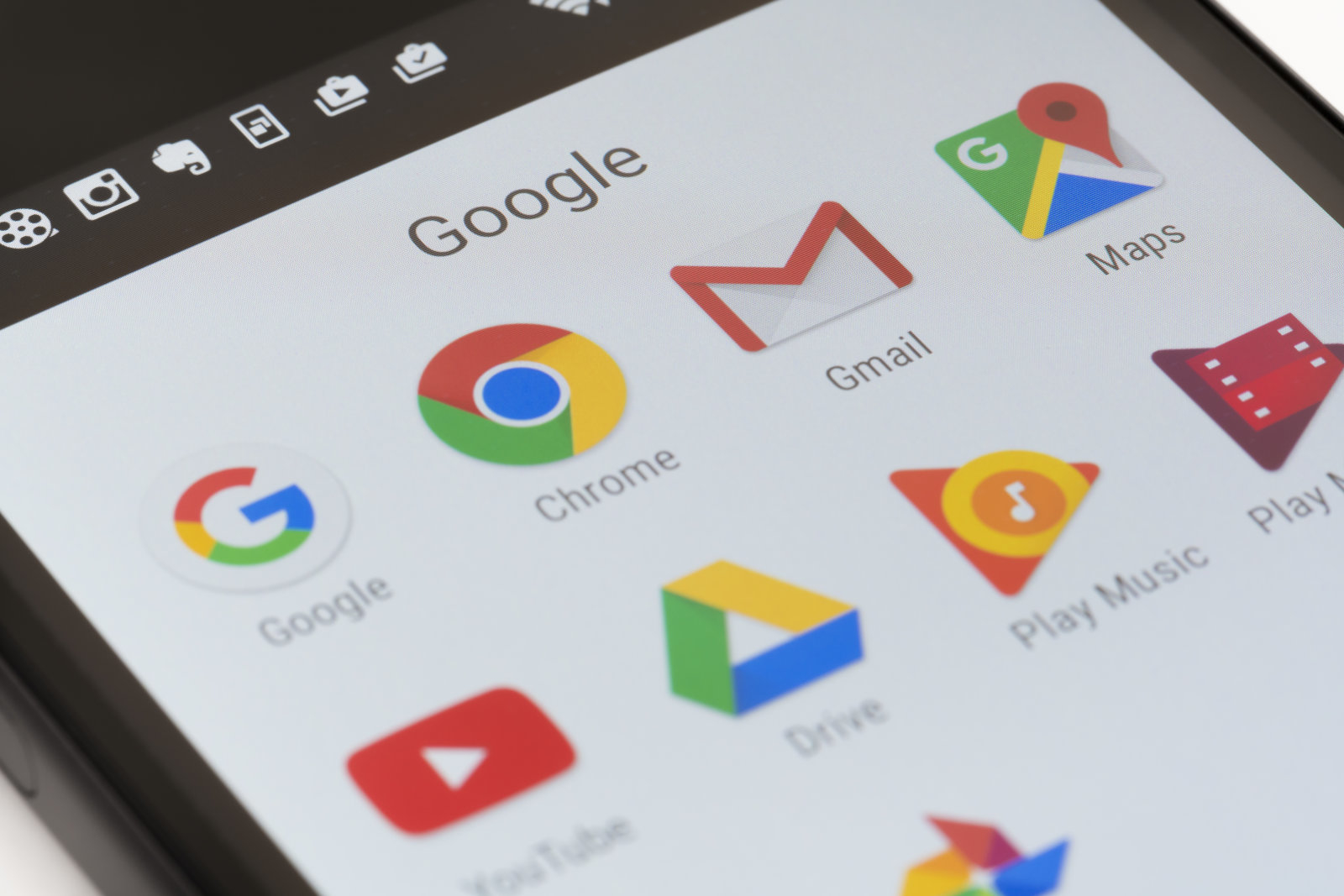
# The file token.json stores the user's access and refresh tokens, and is Prints the names and ids of the first 10 files the user has access to. """Shows basic usage of the Drive v3 API. # If modifying these scopes, delete the file token.json. Include the following code in quickstart.py:įrom import Requestįrom import Credentialsįrom google_auth_oauthlib.flow import InstalledAppFlowįrom googleapiclient.discovery import buildįrom googleapiclient.errors import HttpError In your working directory, create a file named quickstart.py.Install the Google client library for Python: pip install -upgrade google-api-python-client google-auth-httplib2 google-auth-oauthlib Save the downloaded JSON file as credentials.json, and move the.The newly created credential appears under OAuth 2.0 Client IDs. The OAuth client created screen appears, showing your new Client ID and Client secret. This name is only shown in the Google Cloud console. In the Name field, type a name for the credential.Click Create Credentials > OAuth client ID.In the Google Cloud console, go to Menu menu > APIs & Services > Credentials. You must create a separate client ID for each platform.

To authenticate as an end user and access user data in your app, you need toĬreate one or more OAuth 2.0 Client IDs. In the Google Cloud console, enable the Google Drive API.Īuthorize credentials for a desktop application

You can turn on one or more APIs in a single Google Cloud project.

Enable the APIīefore using Google APIs, you need to turn them on in a Google Cloud project. To complete this quickstart, set up your environment.
#Drive google cloud how to#
Quickstarts explain how to set up and run an app that calls a


 0 kommentar(er)
0 kommentar(er)
